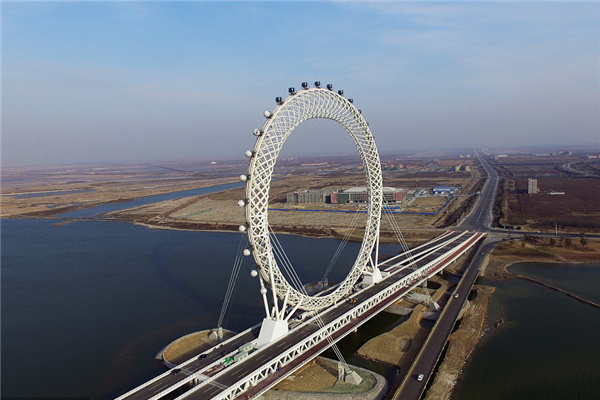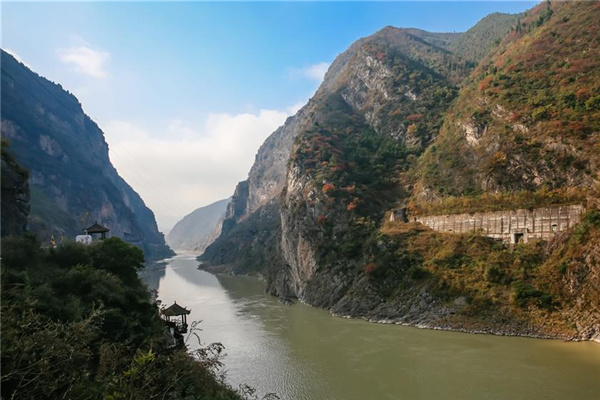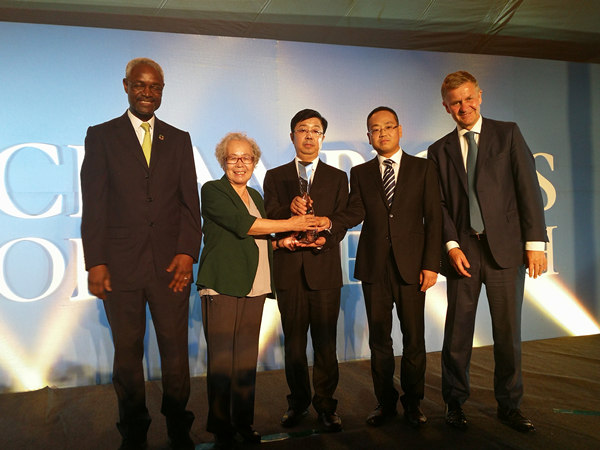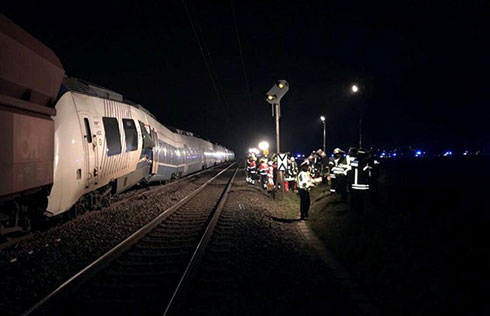

Due to its strategic location in south-central China as well as its abundance of grain, Hunan province was once a strategic spot for various Chinese military forces in ancient times. Now the province wants to turn itself into a stronghold for businessmen who want to explore new opportunities.
Following the 2008 Hunan (Shanghai) Investment Conference in mid-June, the province is looking to the east Yangtze River Delta to draw more foreign capital and accelerate its industrial development. It is expecting to build up its processing and manufacturing industries during the eastern coastal cities' current industrial transfer.
Due to escalating costs for both land resources and labor, companies in the Yangtze River and Pearl River deltas are increasingly looking to the middle and western regions for cost control and seeking new development as well.
Sponsored by the Hunan provincial government, the weeklong event boasted a total investment volume of over $40 billion, with more than 800 key investment projects covering infrastructure, energy, logistics, financial service, tourism, cultural and creative industry.
An annual survey from the American Chamber of Commerce in Shanghai shows those US investors in China are facing rising costs in terms of salaries and wages, real estate, distribution and transportation.
As a result, about 5.5 percent of the companies surveyed say they are already investing in inland provinces like Hunan, and over 36 percent say they would set up operations in second- and third-tier cities and interior areas such as Hunan.
"Business costs in Hunan are 30 percent lower than in the coastal areas," says Gan Lin, vice-governor of the province, adding that over 40 of the world's top 500 companies have already set up their operations in Hunan.
"Being adjacent to the Yangtze River Delta in the east and the Pearl River Delta in the south, Hunan is well positioned to serve as an ideal locale for companies suffering from squeezed profits in the coastal areas and looking to invest in inland China."
But Hunan is not only on the lower-cost side. The province has a sound industrial chain with engineering machinery, non-ferrous metallurgy, information technology, software and food processing ranking high within the country. Two of China's leading engineering machinery manufacturers, Sany Heavy Industry and Changsha Zoomlion Heavy Industry Science & Technology Development Co Ltd, are in Hunan.
"Many people don't know how advanced manufacturing has become in Hunan, which truly is world-class," says Jeffrey Bernstein, an independent director at Valin Steel Tube and Wire Co Ltd based in Hunan's provincial capital Changsha. He is also the chief trade representative for the United States state of Ohio in China.
"Hunan is logistically favorable to companies looking to invest in inland China," says Bernstein. "It is attractive to foreign companies that are seeking access to new markets as the people there are getting increasingly wealthy and many suppliers and customers could be found there."
The interest in foreign direct investment in Hunan is amply reflected in the 18 percent growth rate in airport traffic and almost 10 percent in logistics cargo last year. According to Bernstein, there is already $6.4 billion of foreign direct investment in Hunan, and of that $4.4 billion has been used.
The province is also accelerating the improvement of its business environment and offering investment incentives through the construction of large-scale logistics centers, human resources training, preferential policies and the development of other related service industries.
However, Hunan still needs to build on its R&D capabilities and speed up innovation in the manufacturing industry, says Xiang Lili, director of the provincial commerce department.
"While we welcome labor-intensive manufacturing industries to help absorb the labor force in Hunan, we also want to attract more high-end manufacturing industries such as electrical information, bio-pharmaceutical and new materials in first-tier cities to build up independent innovation and create our own brands," says Xiang.
Changsha, for example, is fast climbing up the industrial value chain with the development of service outsourcing. As one of the first few cities in China approved by the government as a base for the development of service outsourcing industry, the city now boasts 700 enterprises within the industry. Many of them are engaged in overseas service outsourcing business, especially in software and animation.
With strong science and technology strength and abundant talent, the city provides one-stop service for companies looking to invest there and help build up their core business, says Zhao Yuesi, director of the municipal economic committee.
Resource preservation is also a top priority, says Zhou Qiang, governor of the province.
In December 2007, three cities within the province - Changsha, Zhuzhou and Xiangtan - were officially tapped to be "national pilot zones for developing an environment-friendly and a resource-saving society". These cities will usher in a new model of industrialization and urbanization in China, Zhou says.
(China Daily 06/30/2008 page10)













